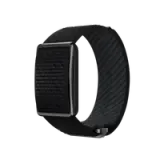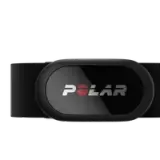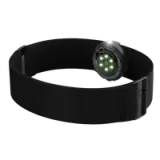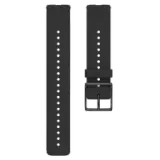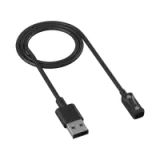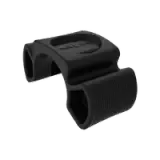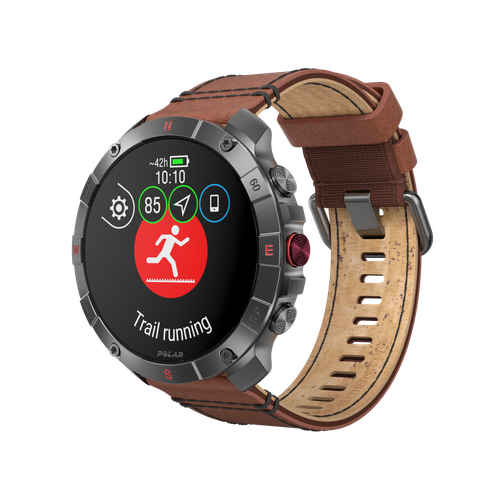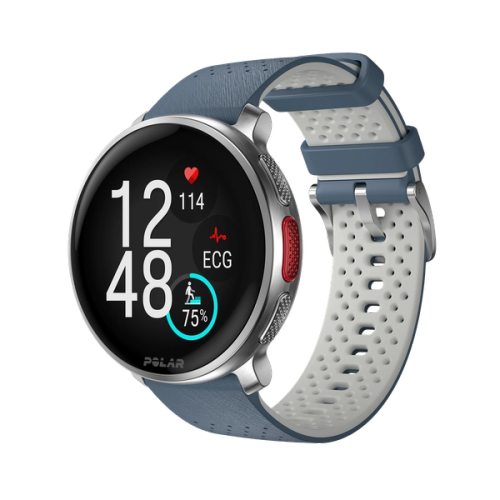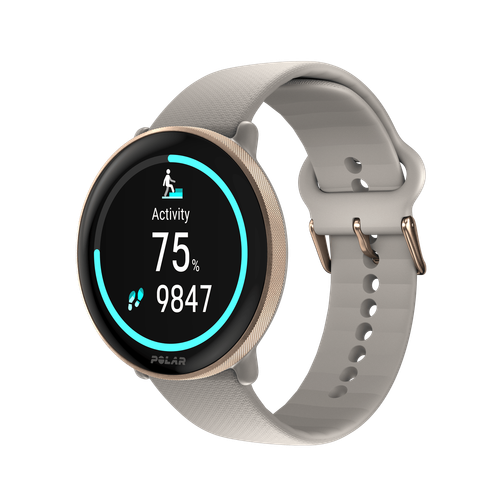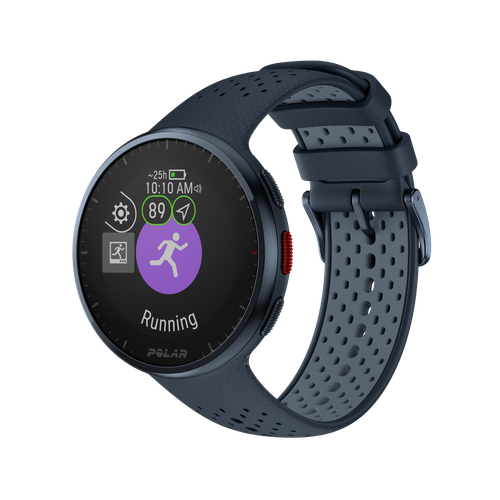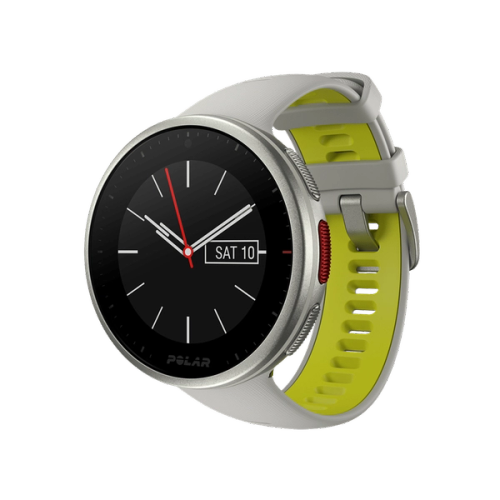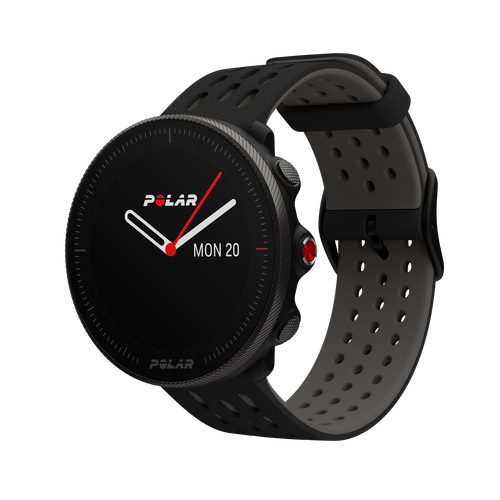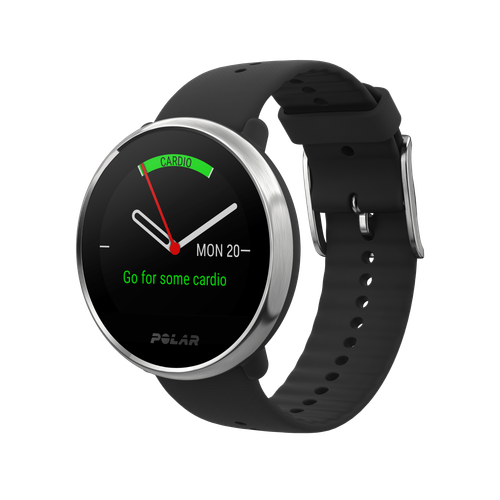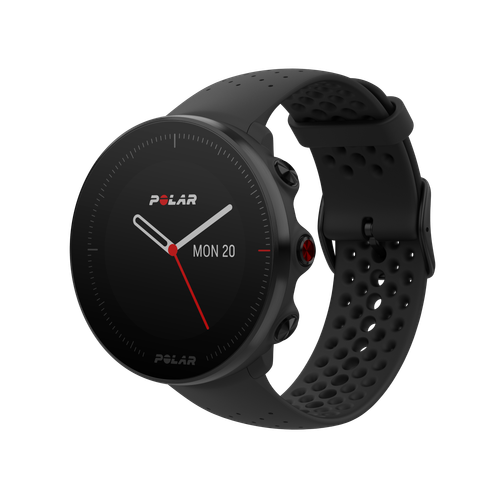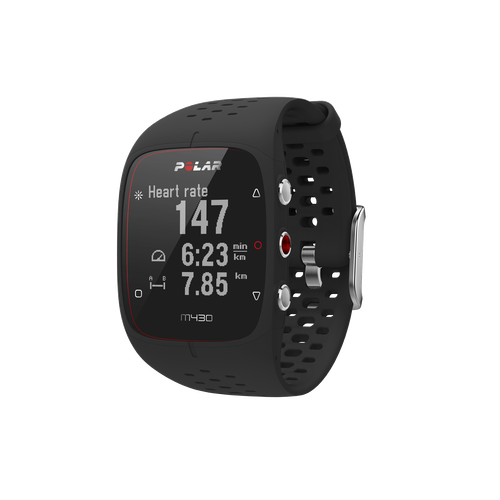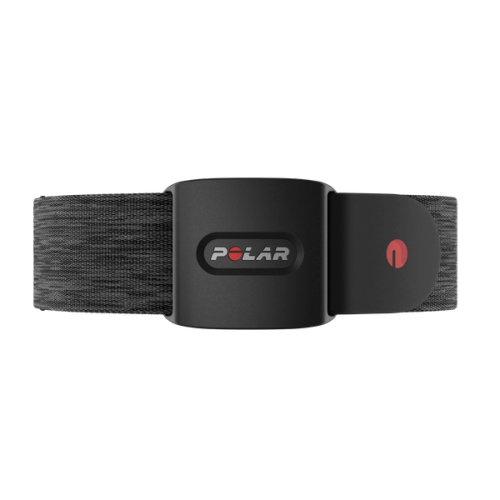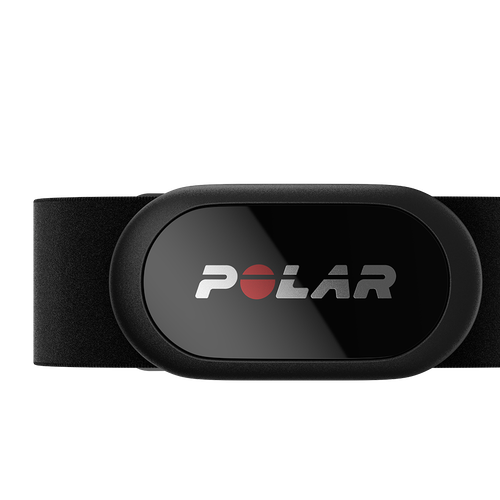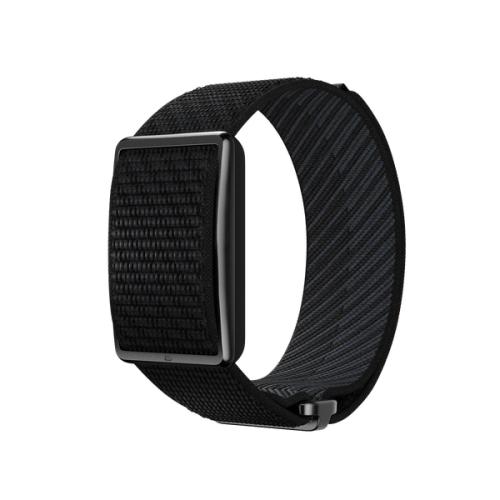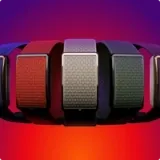Cast your mind back to 1977, if your memory even goes back that far. The world was a different place – the first Star Wars movie had just been released and punk was the latest trend. Yet the idea of accurately measuring your heart rate during exercise was, for most, a futuristic dream. But it was on a cross-country ski track in Finland during that year that a revolutionary concept was born. This was the spark that ignited Polar, leading to a relentless pursuit of understanding the human body in motion.
Today, as we marvel at the sleek, screen-free Polar Loop, it makes you think about the ‘invisible’ technology working away beneath the surface in each Polar device. So, join us as we pull back the curtain on optical heart rate tracking – which powers many of Polar’s newest generation of monitors, revealing the hidden brilliance behind every beat. It’s a story of pioneering spirit, scientific rigor, and the continuous quest to make understanding your body more intuitive than ever before.
A legacy forged in every beat: Polar’s enduring story
Yes, it’s hard to believe that it all started nearly 50 years ago, with the sporty chest strap that was the silent companion of athletes and fitness enthusiasts, a trusted guardian of every beat. But at Polar, innovation isn’t just about what’s visible – it’s about pushing the boundaries of what’s possible, even when the tech itself isn’t on display.
This happened a few short years later, in 1983, Polar unveiled its groundbreaking invention: the world’s first portable, wireless heart rate monitor. Imagine the excitement! Athletes, once limited to manual pulse checks, could now see their body’s precise response in real-time, right on their wrist. It wasn’t just a product – it was a revelation that fundamentally changed how we approached training. Suddenly, ‘intensity zones’ became more than just a theory – they were a tangible heart rate guide, unlocking new levels of personalized performance. And Polar’s chest strap and following wristwatch combination weren’t just gadgets. They became the gold standard, a testament to Finnish ingenuity and a cornerstone of sports science for decades to come.
As our history unfolded, our quest for unparalleled accuracy never wavered. This dedication is perhaps best embodied in the Polar H10, the latest iteration of our legendary chest strap heart rate monitor. Widely regarded by athletes, coaches, and medical professionals as the gold standard in heart rate measurement, the H10’s superior ECG technology provides the kind of precise, beat-by-beat data that is essential for both high-performance training and clinical research.
At Polar, we’ve filed hundreds of patents and published thousands of scientific papers, each step a testament to our passion for understanding the intricate dance of the heart. The goal has always been clear: to empower everyone, from elite athletes pushing boundaries to everyday enthusiasts striving for a healthier life, with reliable, actionable insights from the very core of their being. The journey from those early, groundbreaking chest straps to the sophisticated, comfortable devices is a legacy we cherish today – a remarkable saga of progress, always guided by that initial pioneering spirit.
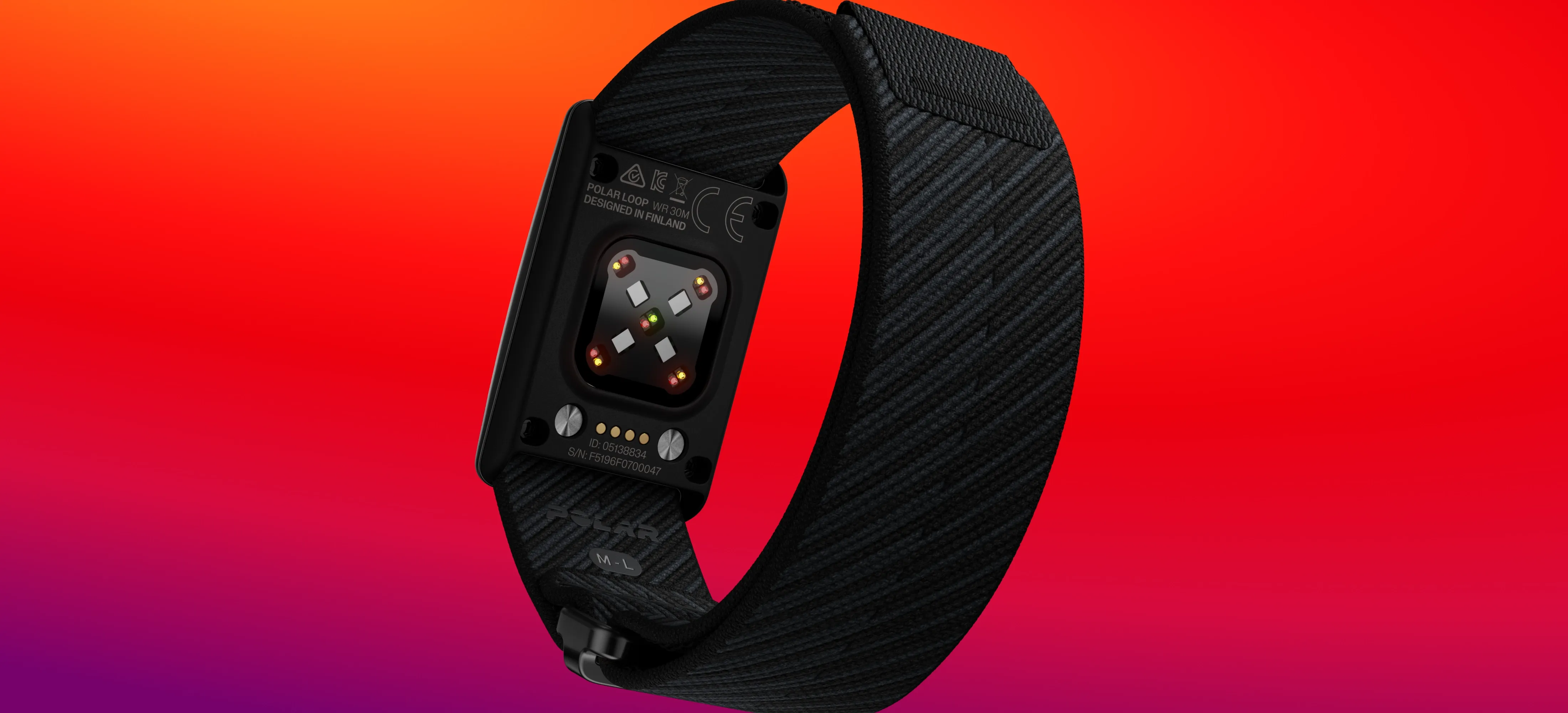
The science behind this technology is truly remarkable. At its core, OHR uses light to detect subtle changes in blood volume just beneath your skin, which directly correspond to your heartbeat.
Unveiling the science: How light reveals your heartbeat
As we’ve seen for decades, our benchmark for accuracy has been the chest strap, a device that captures the heart's true electrical signal. While this ECG-based method remains the scientific gold standard and a powerful tool for athletes, it isn't always the most convenient solution for continuous, 24/7 monitoring. The demands of modern life – tracking sleep, recovery, and daily activity – required an entirely different approach.
This is where optical heart rate (OHR) monitoring comes in. It's a distinct technology, a brilliant solution to the problem of convenience. While Polar didn't invent photoplethysmography (PPG), the core science behind OHR, we were one of the first to successfully implement the technology in our sports watches. We recognized the need for a seamless user experience, and rather than licensing a third-party solution (like some competitors), we committed to developing our own in-house optical sensor in 2015. This allowed us to meticulously integrate our proprietary hardware and algorithms, ensuring the data we collect is not only convenient but also meets our rigorous standards for accuracy.
The science behind this technology is truly remarkable. At its core, OHR uses light to detect subtle changes in blood volume just beneath your skin, which directly correspond to your heartbeat. Imagine tiny flashlights and a miniature camera working in tandem on your wrist. An OHR sensor typically consists of one or more light-emitting diodes (LEDs) and a photodiode, which acts as a light detector. The LEDs shine a light, often green, into your skin. Green light is commonly used because it is absorbed particularly well by hemoglobin (the protein in red blood cells that carries oxygen), making it effective for detecting blood flow changes.
As your heart pumps blood through your arteries and capillaries, the volume of blood under the sensor changes. When your heart contracts (systole), more blood flows into the vessels, causing the tissue to become slightly fuller and absorb more light. Conversely, when your heart relaxes (diastole), blood volume decreases, and less light is absorbed, resulting in more light being reflected back to the photodiode.
The photodiode continuously measures these minute fluctuations in the intensity of the reflected light. These variations create a pulsating signal, known as the PPG waveform. By analyzing the peaks and troughs of this waveform, the device can accurately determine the time between each heartbeat, known as the R-R interval, and subsequently calculate your heart rate in beats per minute (bpm).
However, achieving this precision on a moving wrist presents significant challenges. Any movement of the sensor relative to the skin, or even external light sources, can introduce ‘noise’ or motion artifacts that obscure the true heart rate signal. To overcome this, advanced OHR systems employ sophisticated techniques:
- Multi-Sensor Data Fusion: Modern optical sensors integrate data from multiple sources. For instance, in addition to the light measurements, they often incorporate a 3D acceleration sensor. This enables the device to intelligently distinguish between signals caused by your body’s movement and those originating from your pulsating blood flow.
- Multiple Wavelengths: Some advanced OHR systems utilize LEDs that emit light at various wavelengths, including green, red, and even infrared. Different wavelengths penetrate the skin and tissue to varying depths and interact differently with blood. By combining information from these different light sources, the system can obtain a more robust and reliable signal across diverse skin tones and environmental conditions, as well as when the skin is cold, which can affect blood flow near the surface.
- Skin Contact Monitoring: To ensure the most accurate readings, some sophisticated OHR solutions also incorporate electrical sensors that verify good skin contact. If the device is not firmly against the skin, light can escape, or external light can interfere, leading to inaccurate readings. By monitoring contact quality, the device can inform the user to adjust the fit or filter out unreliable data.
Through these combined scientific and engineering advancements, optical heart rate tracking has evolved into a highly reliable method for monitoring your heart rate, providing accurate insights directly from your wrist.
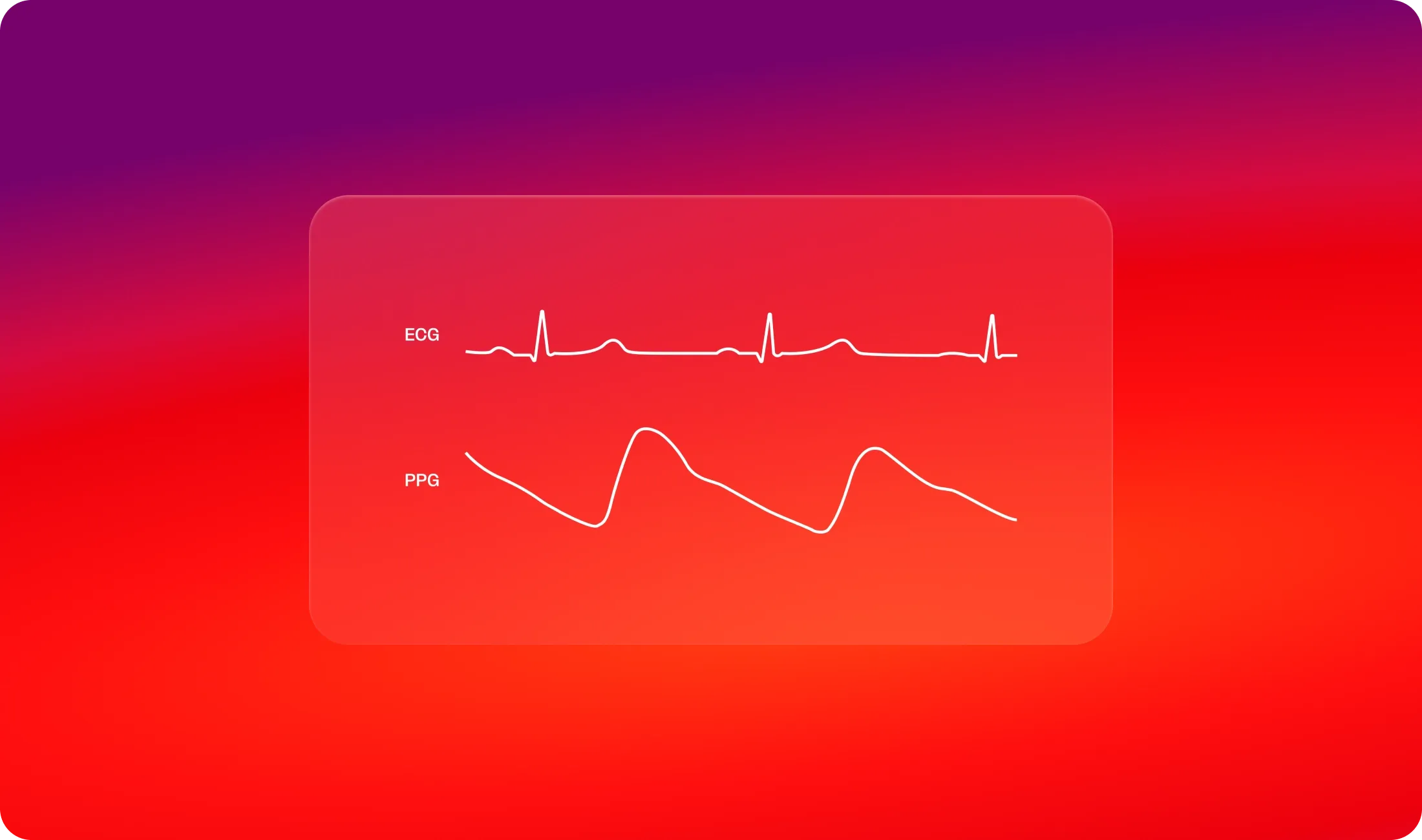
Enjoying this article? Subscribe to Polar Journal and get notified when a new Polar Journal issue is out.
Subscribe
From data to discovery: The insights OHR unlocks
With the precision of optical heart rate technology now established, we can fully appreciate the incredible possibilities it has unlocked. Once confined to the rigors of performance training, heart rate data has become an intuitive guide for our entire wellbeing. This technology is the engine behind our advanced Smart Coaching features, allowing you to train in the right intensity zones and receive personalized guidance that adapts to your body's unique needs. It has also transformed how we understand rest, providing the bedrock for sophisticated sleep and recovery tracking. By continuously monitoring your heart rate, we can now offer deep insights into the quality of your sleep and your body's overnight recovery, helping you to truly balance your training with rest.
It is this ‘invisible’ technology, working tirelessly in the background, that makes it the perfect fit for a device like Polar Loop. By removing the distraction of a screen, we allow you to focus entirely on your activity, whether you’re swimming laps or simply going for a run. The powerful OHR sensor beneath the device’s sleek exterior continuously gathers data, silently and accurately, providing the perfect blend of discreet design and powerful technology. The result is a device that is truly seamless and distraction-free, putting the focus back where it belongs: on your body and your movement.
A simple concept, profound insights: The true magic of OHR
Take a moment to appreciate the remarkable capabilities of this technology. At its heart, the principle is disarmingly simple: emit light through the skin, and measure what reflects back. So seemingly straightforward, yet in its execution, it reveals a depth of complexity and ingenuity that is truly breathtaking.
This elegant interplay of light and blood flow, meticulously analyzed by sophisticated algorithms, transforms raw data into a window into your very being. It’s more than just a number on a screen – it’s a constant, silent conversation with your body. From a gentle pulse during a restorative night’s sleep to the pounding rhythm of a challenging workout, optical heart rate data provides invaluable insights. It helps us understand not only our performance during activity but also crucial aspects of our well-being, like the quality of our sleep and our body’s readiness for recovery.
In a world increasingly driven by personalized health, the ability to derive such profound information from a discreet, comfortable device like Polar Loop is nothing short of revolutionary. It’s a testament to Polar’s enduring spirit of innovation – taking a seemingly simple concept and, through decades of scientific rigor and engineering brilliance, transforming it into a powerful tool that empowers you to live a healthier, more informed life. The technology may be hidden, but its impact on understanding and optimizing the human body is brilliantly clear.
undefined
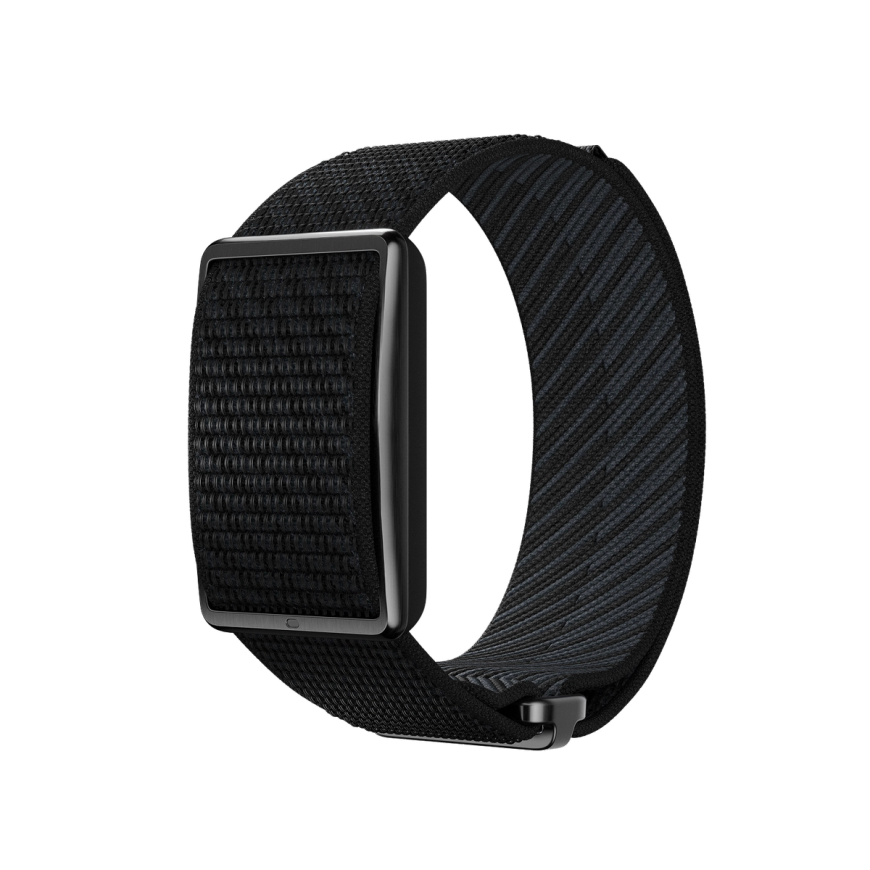
POLAR Loop
Screen-Free Wearable Health Band & Fitness Tracker
POLAR Loop is a screen-free, subscription-free fitness band that helps you sleep better, recover smarter, and stay active—without distractions.
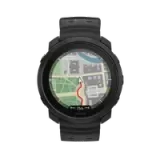 Polar Vantage M3
Polar Vantage M3
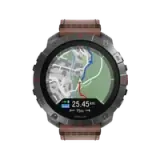 Polar Grit X2 Pro Titan
Polar Grit X2 Pro Titan
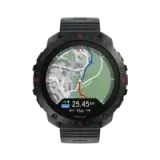 Polar Grit X2 Pro
Polar Grit X2 Pro
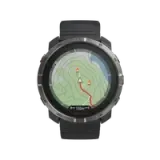 Polar Grit X2
New
Polar Grit X2
New
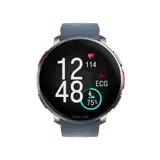 Polar Vantage V3
Polar Vantage V3
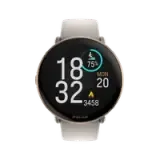 Polar Ignite 3
Polar Ignite 3
 Polar Ignite 3 Braided Yarn
Polar Ignite 3 Braided Yarn
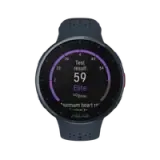 Polar Pacer Pro
Polar Pacer Pro
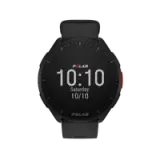 Polar Pacer
Polar Pacer
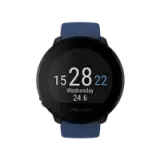 Polar Unite
Grit X Series
Vantage Series
Pacer Series
Ignite Series
Polar Unite
Grit X Series
Vantage Series
Pacer Series
Ignite Series
